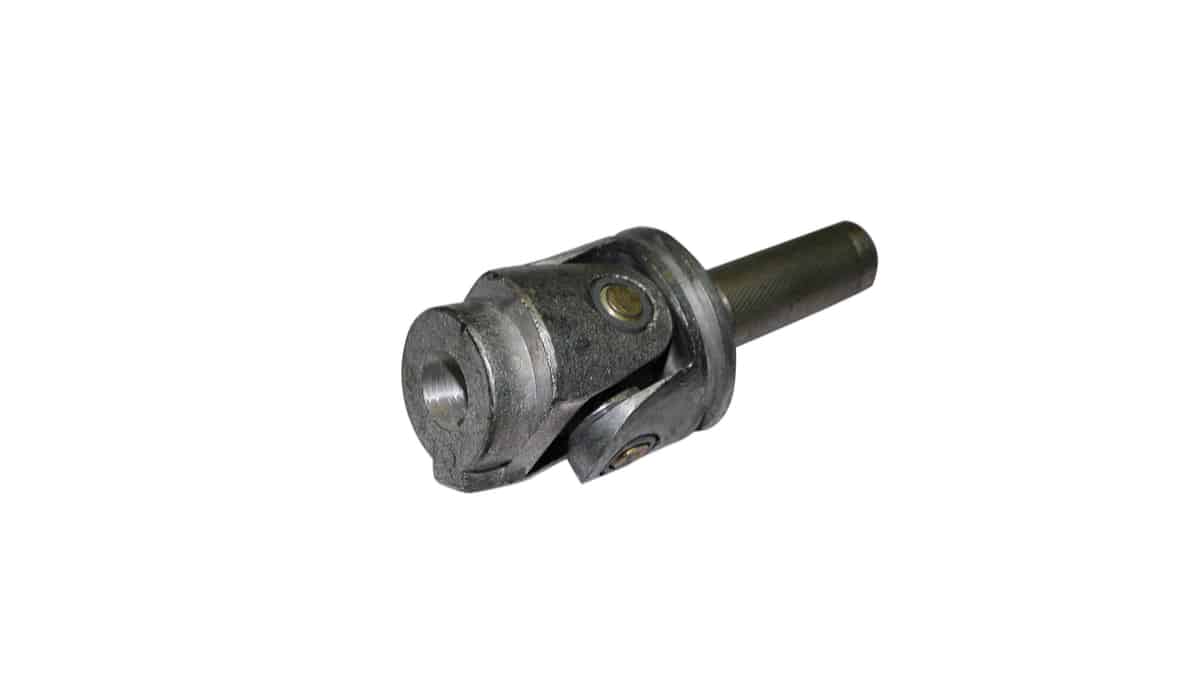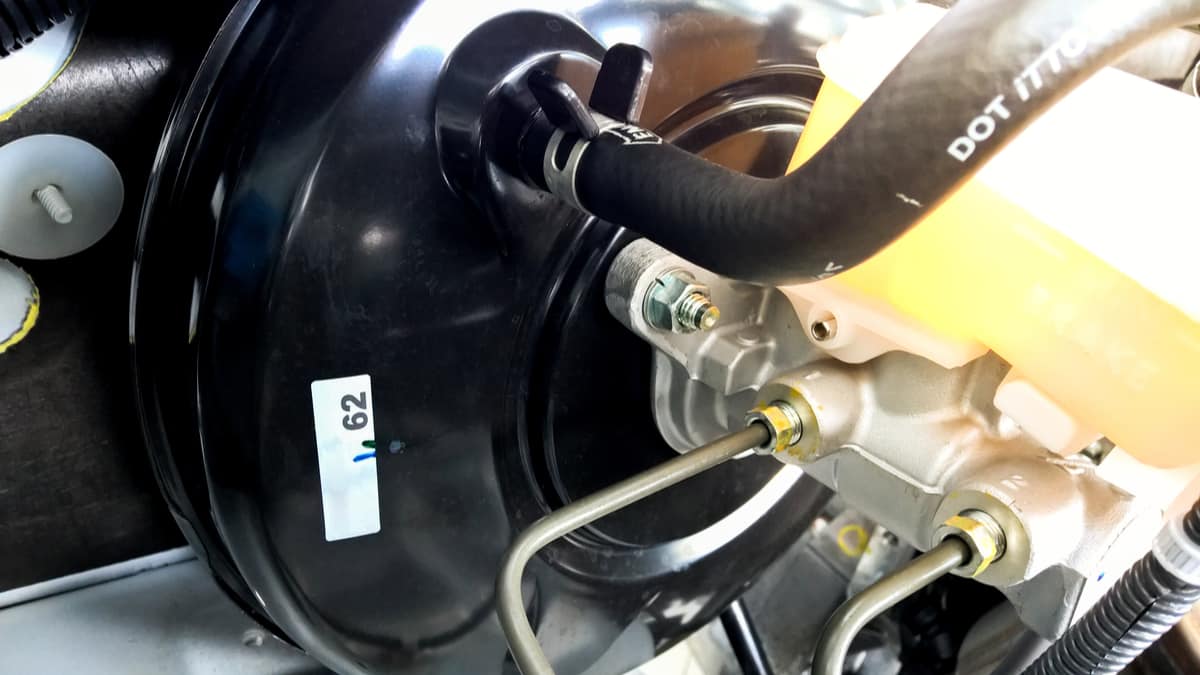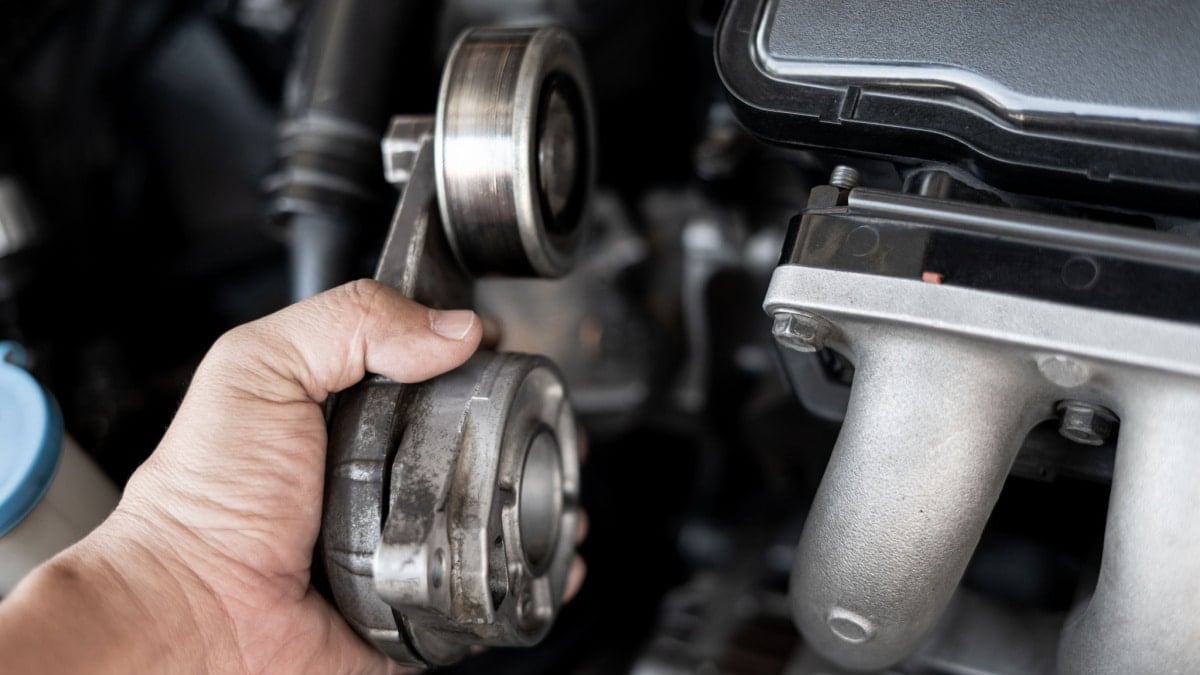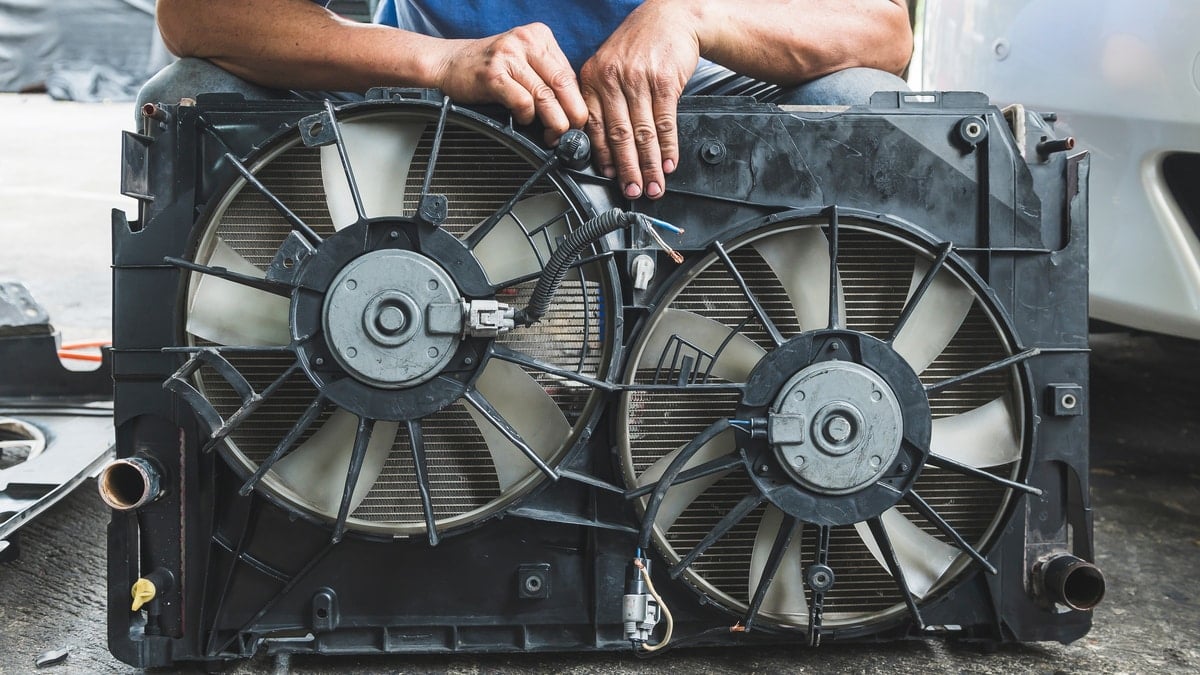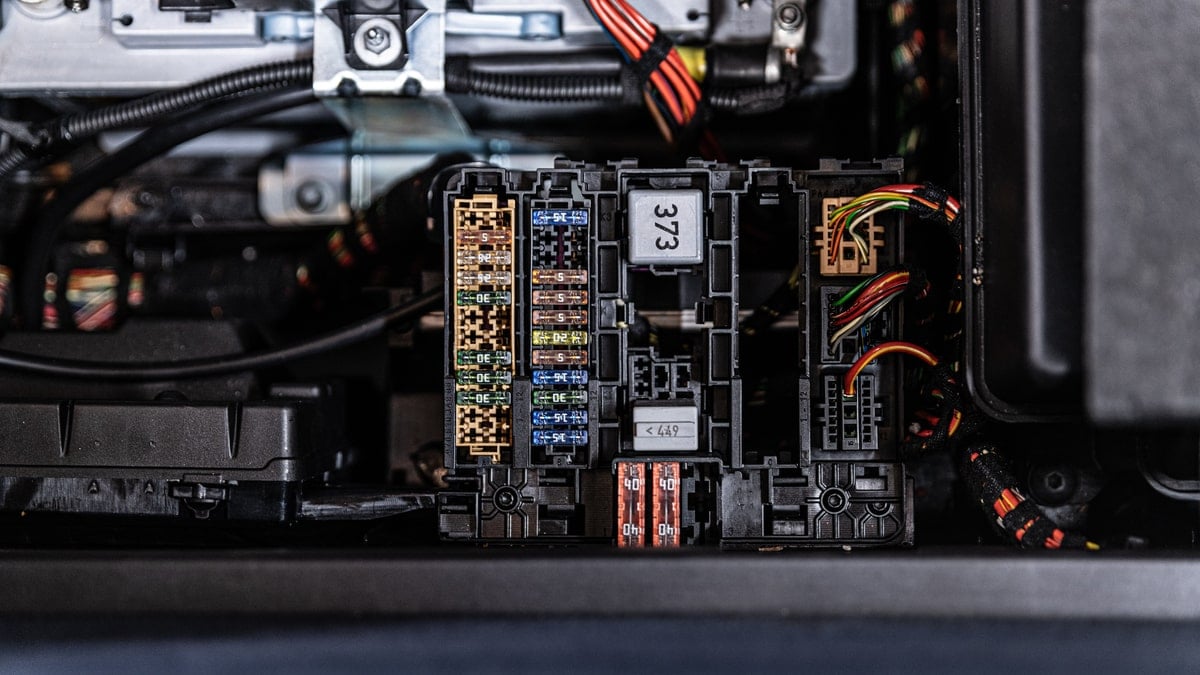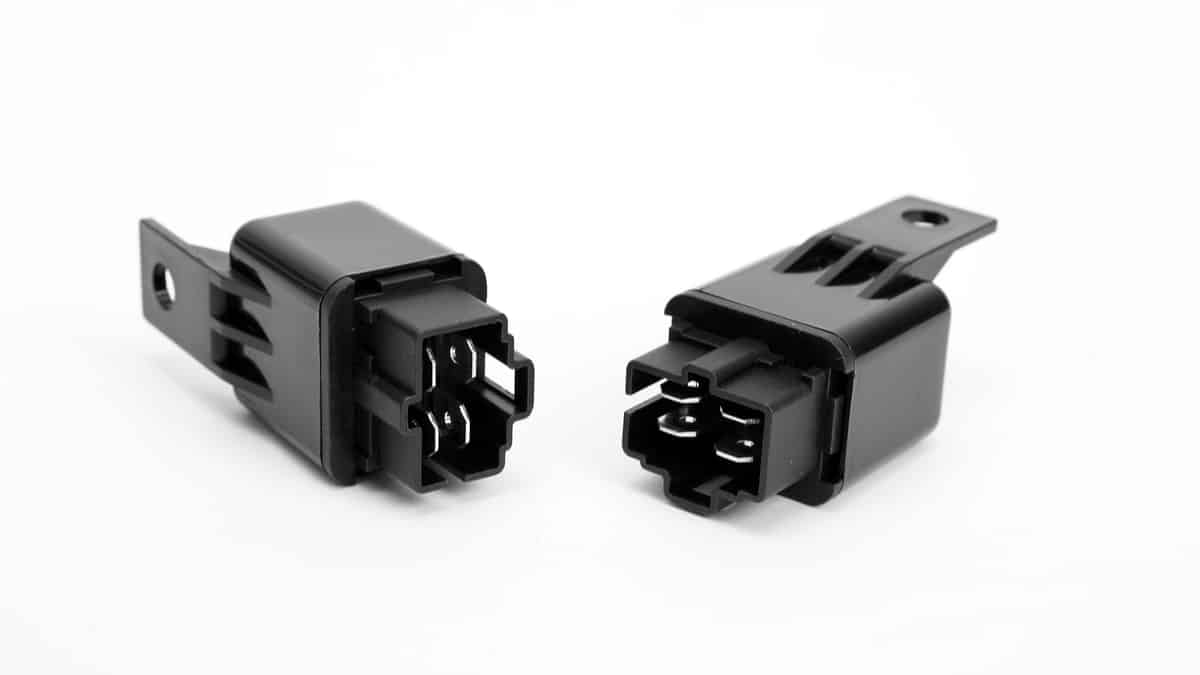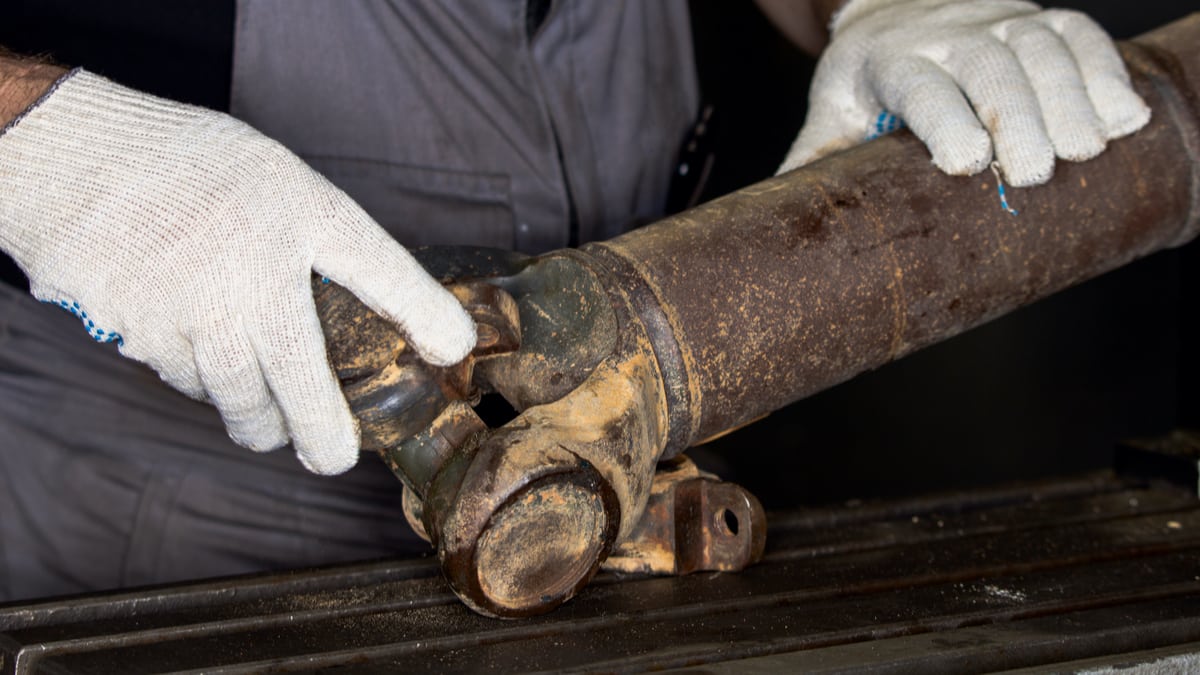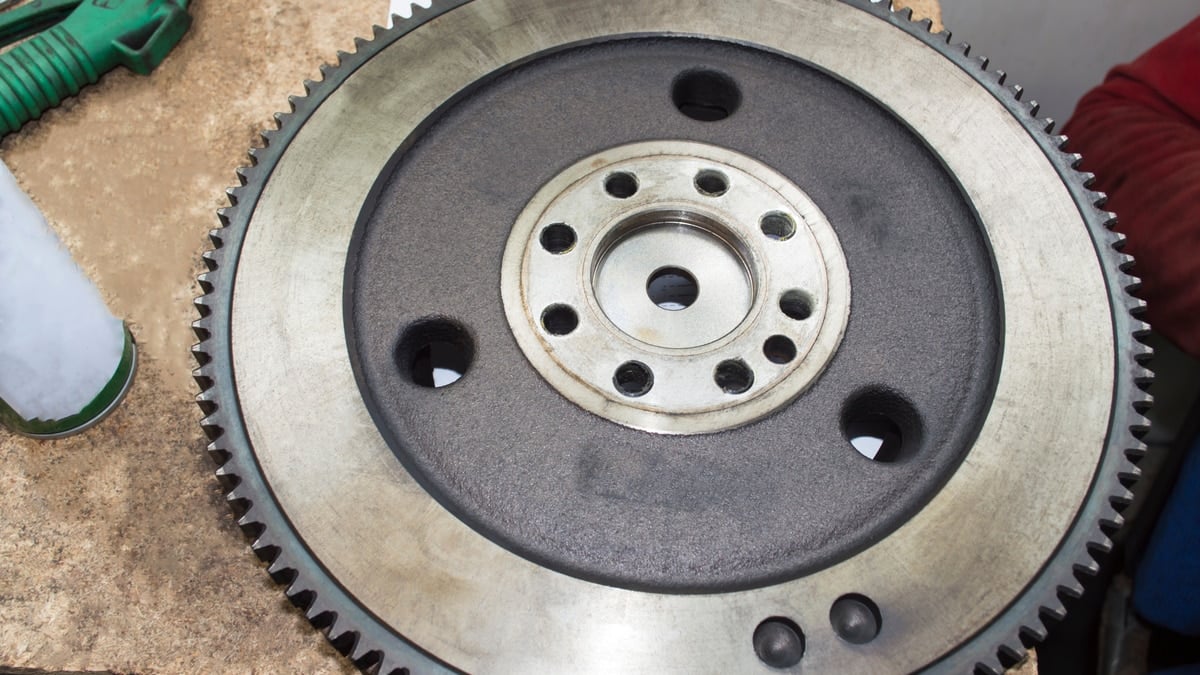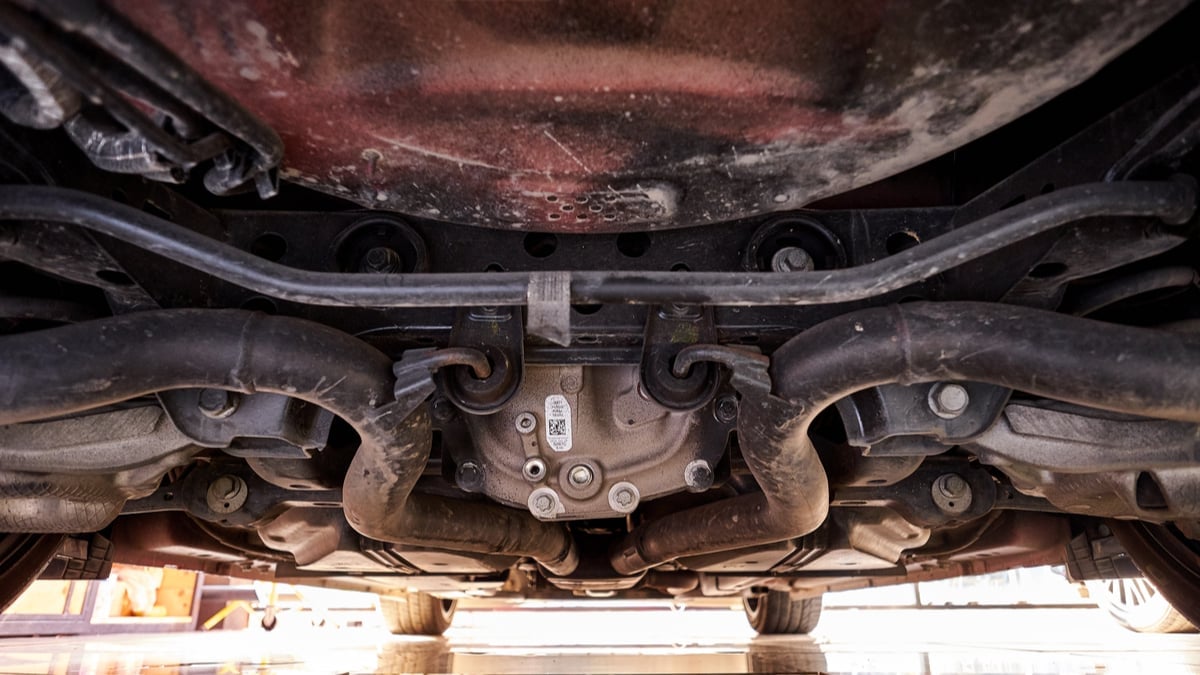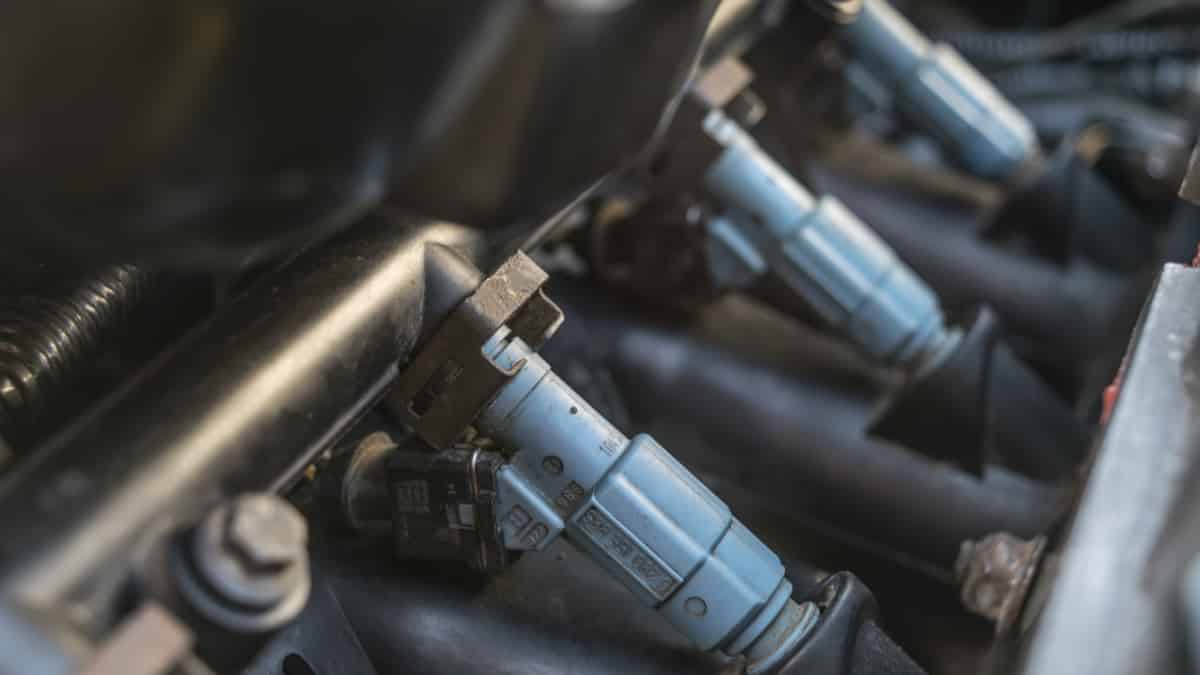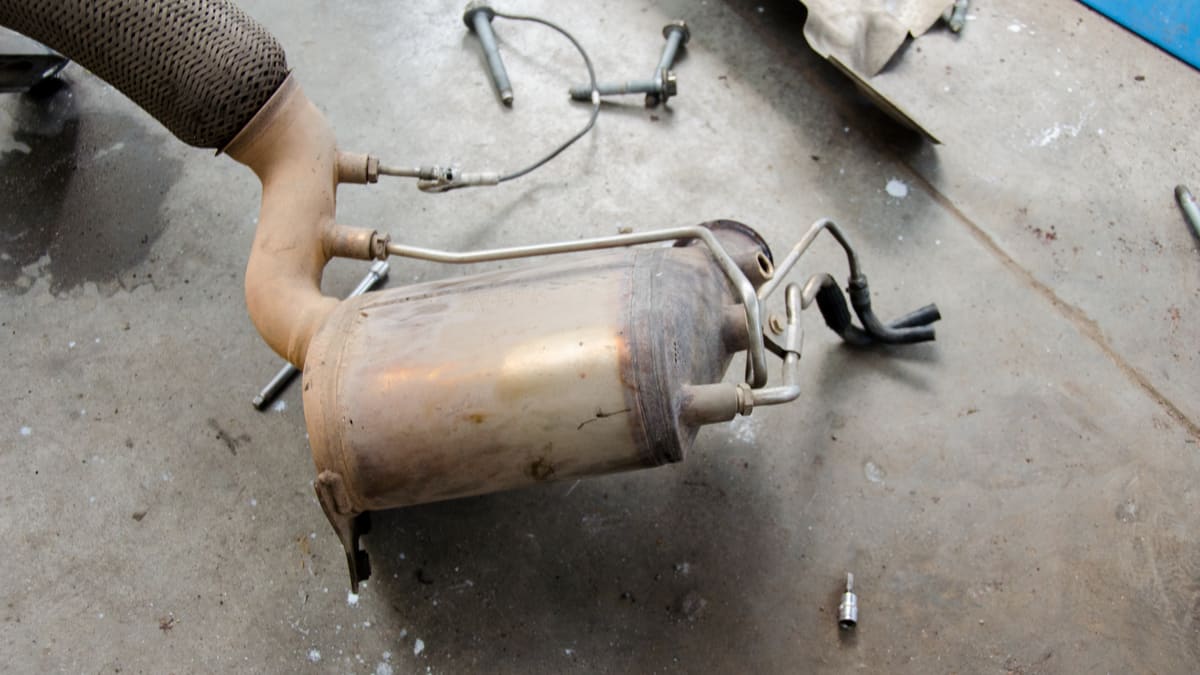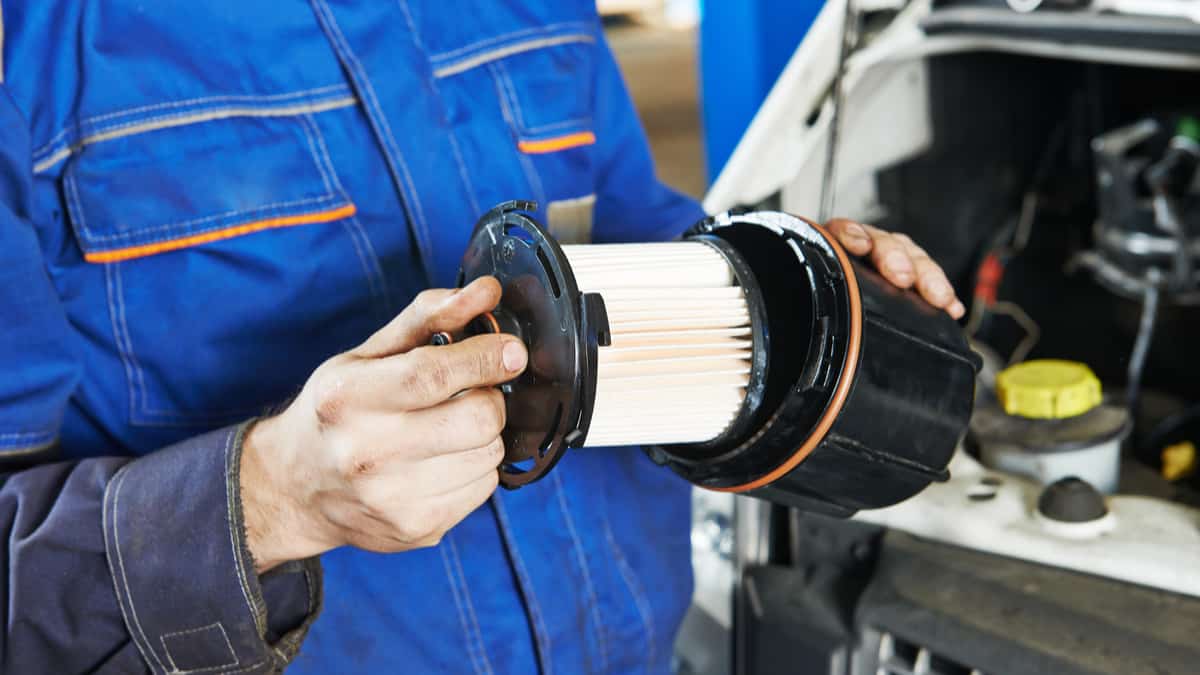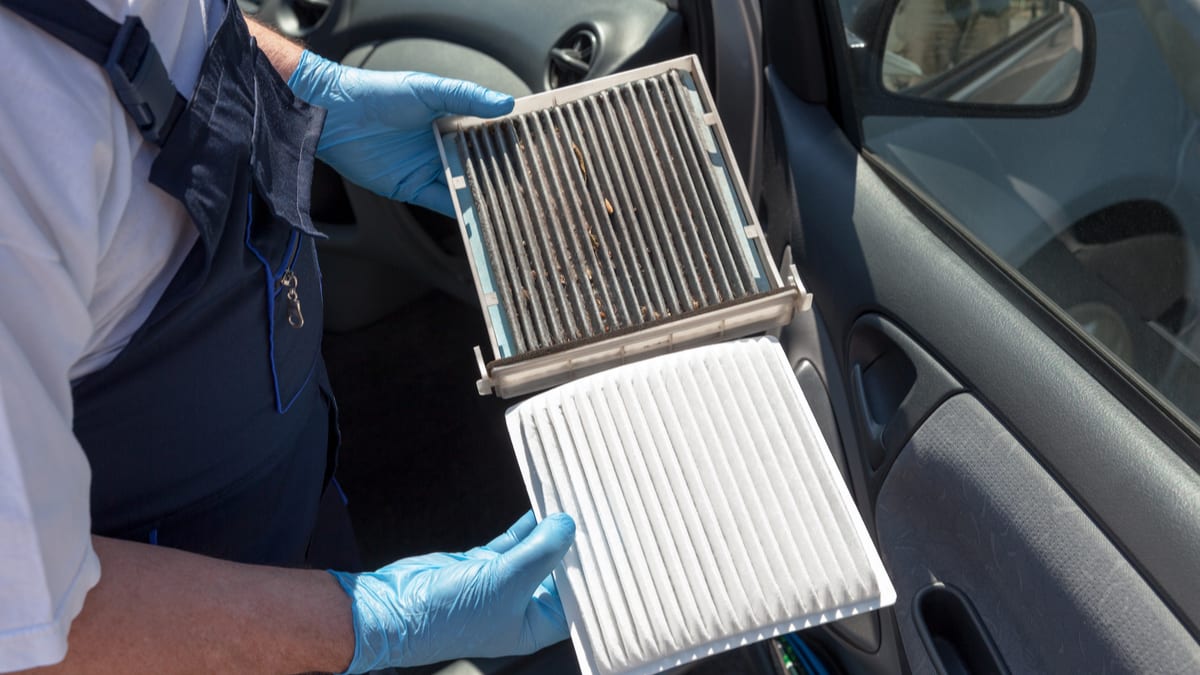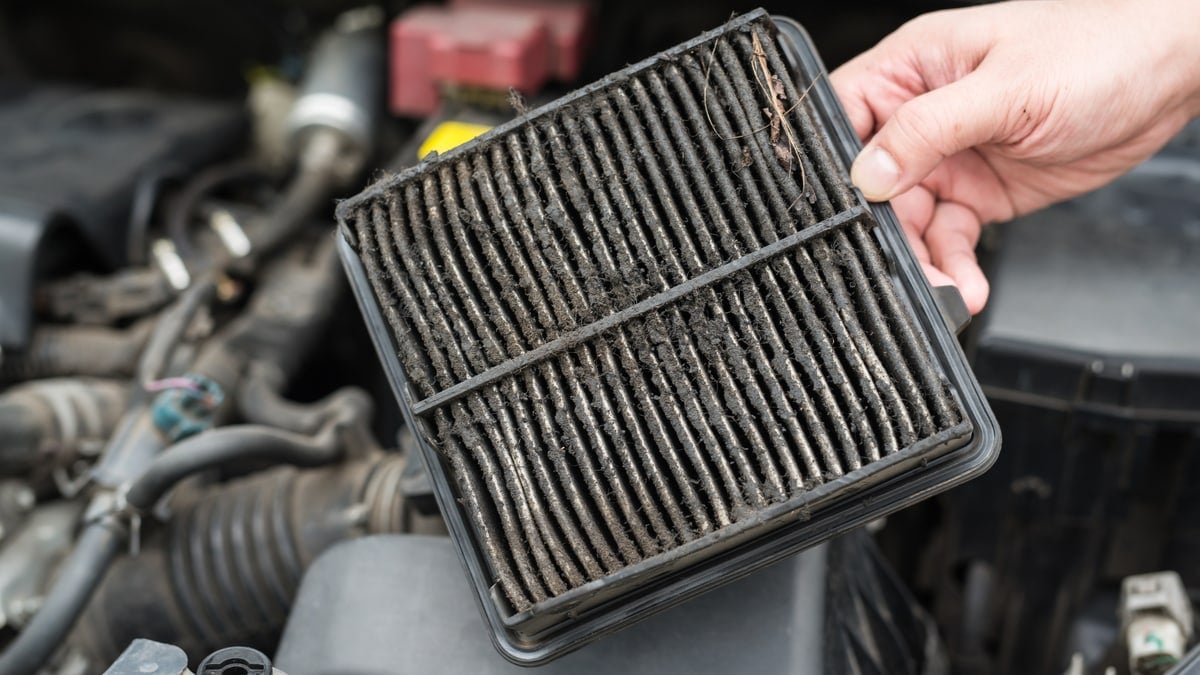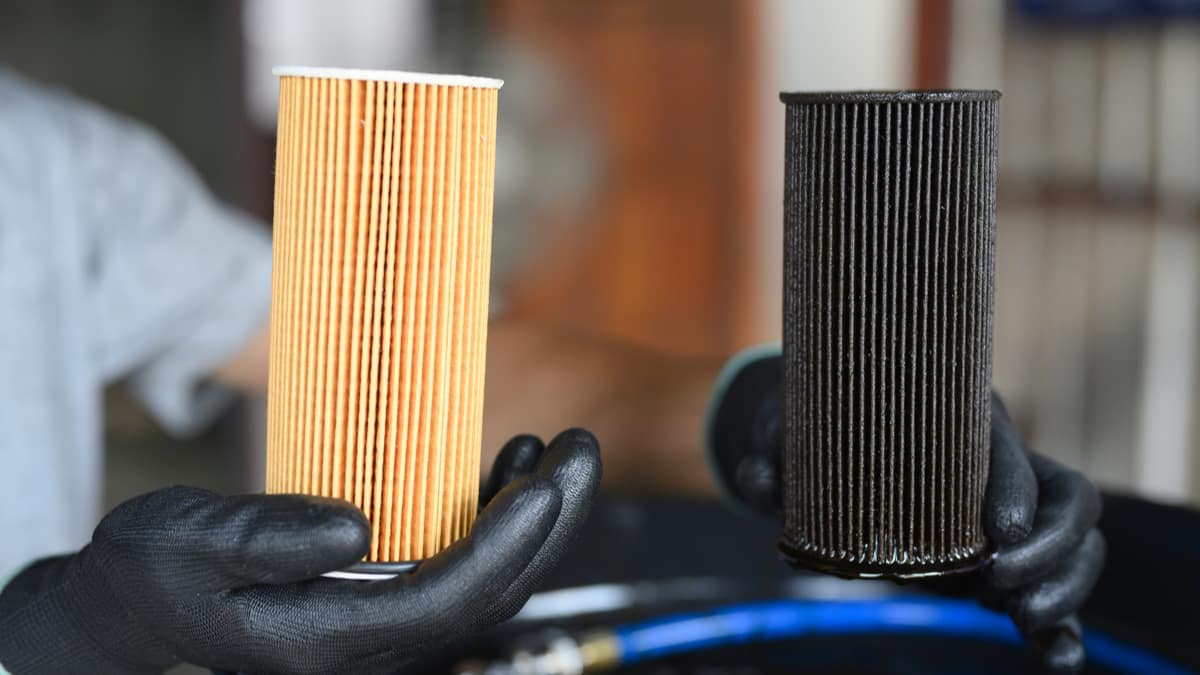The radiator is an essential part of the car’s cooling system. It’s needed to disperse the hot temperatures coming from the engine. If the radiator fails to do its job, the engine can overheat. That’s why it’s critical to know the symptoms of a bad radiator.
In this guide, we cover what happens when the radiator gets clogged or fails. We also look at the function of the radiator, its location, how to diagnose it and discuss the average replacement cost. When you reach the end, you’ll find some answers to the questions you’ve asked.
Symptoms Of A Clogged or Bad Radiator
When a radiator is bad or clogged, the engine starts to overheat and you’ll see higher temperature readings. You may also notice a coolant leak, damaged radiator fins, a heater malfunction or deal with persistently low coolant levels.
Let’s examine these six top symptoms of a bad radiator more closely.
1. Overheating Engine
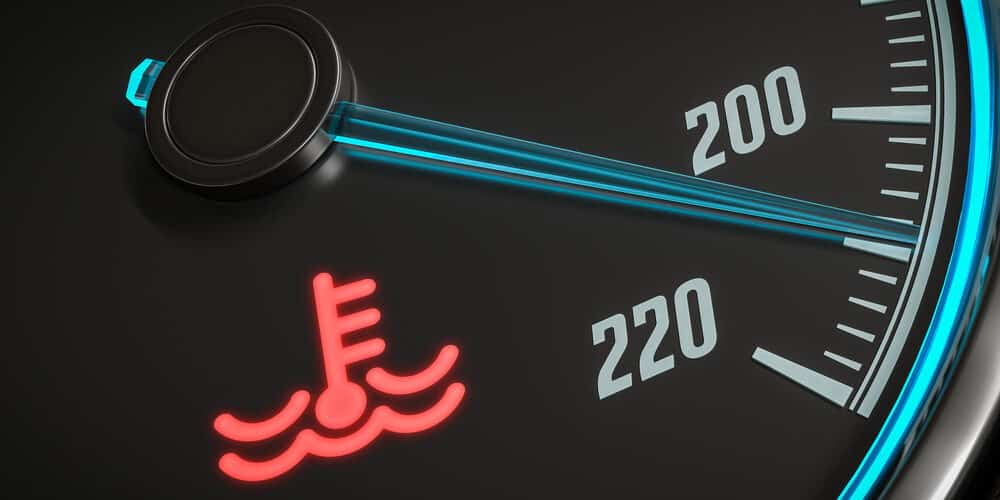
The engine tends to overheat once the radiator gets bad enough. If there’s a clog, then the radiator can’t provide the cooling power needed to disperse the heat.
You may see steam or smoke coming from under the hood when it overheats. The temperature gauge will also be pegged in the danger zone.
There are many other issues that can lead to an overheating engine, so more diagnosis is needed. For example, a defective water pump or thermostat failure can also lead to an overheating engine. Either way, as soon as you notice your car overheating, it’s important to stop driving immediately.
RELATED: 9 Causes of an Overheating Car Engine
2. High Temperature Readings
If you are accustomed to driving your vehicle, you’ve likely learned where the temperature gauge normally reads. When it starts to read slightly higher than normal, it means that the coolant is getting too hot. If you are extremely attentive, you will notice even the slightest variations in temperature, which gives you the warning you need that something is wrong.
With a blockage preventing airflow, the fluid can’t cool down, so the engine temperature reads higher than usual. If you allow it to continue, the engine will eventually overheat and you could damage the motor.
3. Coolant Leak
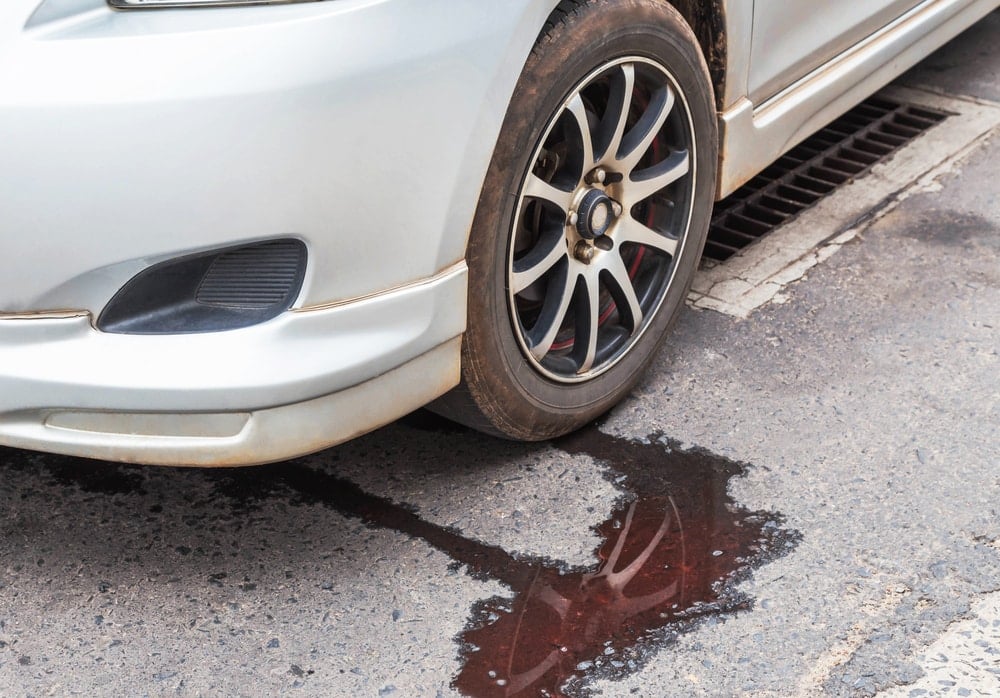
When the fluid in the radiator isn’t able to flow properly, a leak can occur from the excessive amount of pressure. You may notice the leak at the radiator or in one of the hoses where the pressure built up.
Either way, the lack of fluid can quickly cause the engine to overheat, especially if the system doesn’t have enough fluid inside. That’s why all coolant leaks should be dealt with promptly.
RELATED: How to Fix a Coolant Leak
4. Damaged Radiator Fins
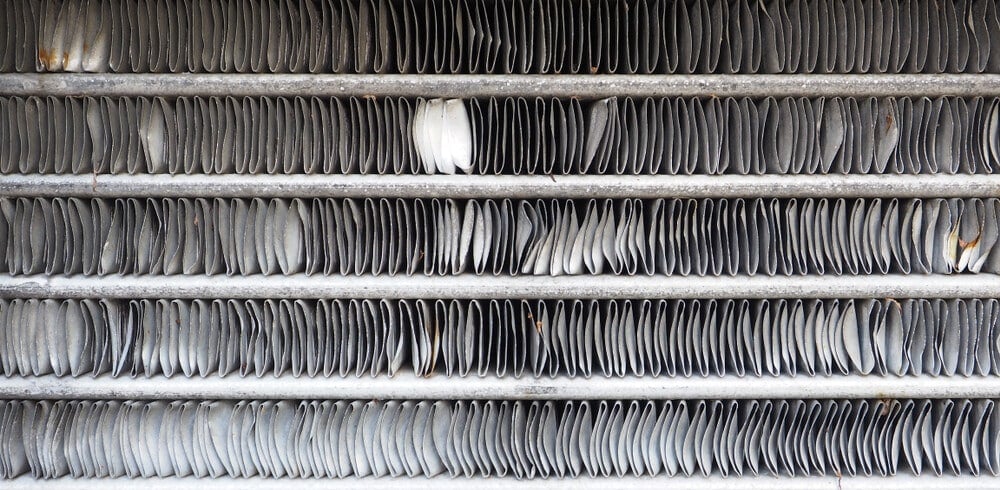
The radiator fins are made from metal that can become damaged. Because of where the fins sit, they are susceptible to debris, such as rocks kicked up from the road. This problem occurs even more frequently if you travel off-road or drive down a dirt driveway.
If the fins get damaged, the airflow may suffer. In exchange, the coolant can’t remain at a normal temperature, so the engine starts to overheat.
5. Heater Malfunction
You may not think that the cooling and heating systems have anything to do with the radiator, but that’s not true. The heater in the car’s cabin relies on the hot coolant passing through the heater core to produce warm air. This warm air is then blown into the cabin with the help of the blower fan.
When the radiator gets clogged or if there’s a leak, the hot coolant may not be able to get to the heater core. Therefore, you may notice an inability to get warm air out of the vents.
6. Low Coolant Level
If there’s a leak, the coolant level may drop too low. Without the right amount of coolant, the engine is sure to overheat.
Additionally, the fluid can start to look contaminated. Coolant that’s flowing freely through the engine should be bright in color, whether it’s green, orange, pink, yellow or blue. If the system is contaminated with sludge, the coolant starts to appear rusty or oily instead.
This contaminated fluid can also become thicker than it should be. This thicker fluid has trouble flowing through the radiator, causing the same overheating issues.
What’s The Function Of A Radiator?
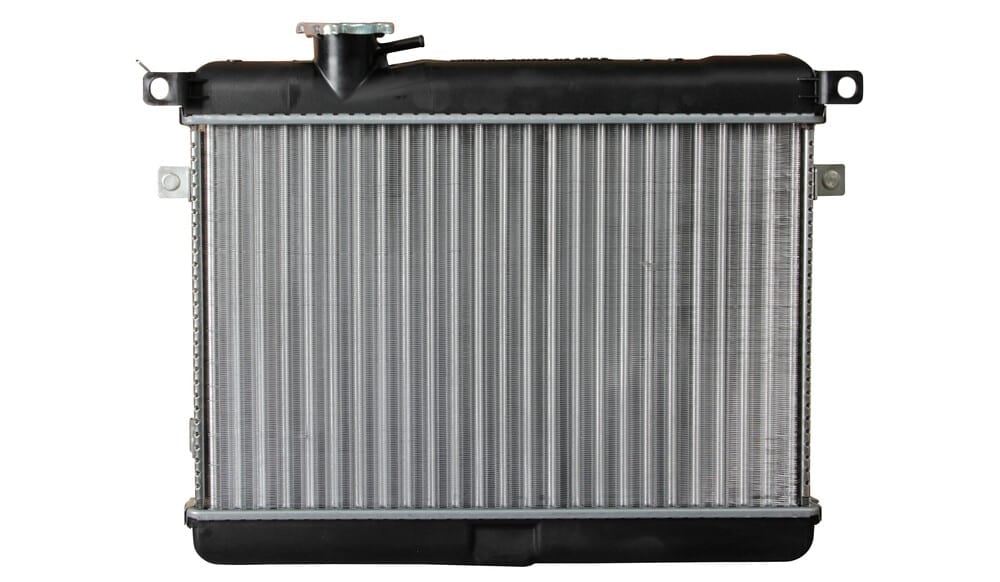
The radiator is a main part of the engine’s cooling system. It’s meant to reduce the temperature of the coolant with the help of cooler air flowing through the fins. The heat dissipates from the coolant before it heads back into the engine.
The radiator hose connects the engine and radiator together. Hot coolant runs from the engine through the hose to the radiator. The inlet tank guides the warm coolant through the radiator, where it dissipates heat. Then, the coolant circles back out of the radiator to the engine through the outlet tank.
The pressure or radiator cap is designed to seal off and secure the cooling system so it remains pressurized. Once the tank reaches the needed pressure, some of it will be released. However, without the pressure cap, the coolant could overheat and spill out.
Where Is The Radiator Located?
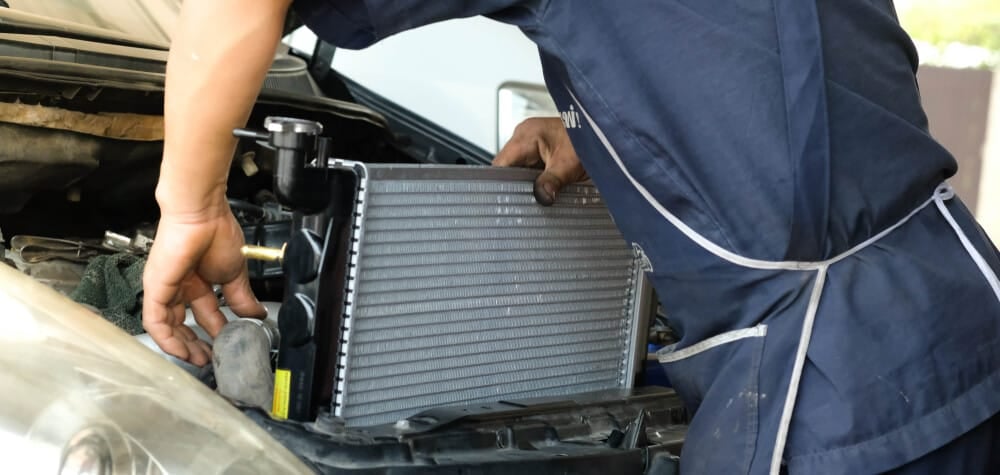
The radiator is found at the front of the engine compartment in most vehicles. You can find it behind the vehicle’s grille. Cool air passes through the radiator, which helps to remove the heat from the coolant flowing through it.
Most radiators contain an inlet tank, a center core that’s made from tubes encased in fins and an outlet tank. Many of today’s vehicles also contain a transmission cooler for the transmission fluid, which is found inside the radiator’s outlet tank. The transmission cooler may resemble a miniature radiator.
How Do You Test A Radiator?
The best way to check a radiator is to run through a coolant pressure test. You can find instructions for this test in your factory service manual or follow these guidelines.
- Let the engine cool off before working with the car. Coolant is under pressure and can be extremely hot.
- If the coolant needs to be topped off, do that at the beginning of the test. If you plan to drain the coolant out of the system, you may prefer just adding a little bit of water for now.
- Take off the radiator cap.
- Connect the pressure tester to the top of the radiator. You may need an adapter. The pressure tester should be locked into place.
- Get the system psi from the radiator cap. You don’t want to exceed this pressure.
- Pump up the pressure tester to this amount without going over the psi requirement. The majority of systems allow between 13 and 16 psi.
- If the gauge drops rapidly, there could be a leak. However, a small leak can also lead to a slower drop.
If the level doesn’t drop over the course of thirty minutes, there isn’t normally a leak. At this point, you could remove the pressure tester and put the cap back on.
It’s also wise to check the radiator for any signs of damage. If you notice debris clogged in the front, you may try cleaning it off to see if that improves the airflow.
Radiator Replacement Cost
On average, expect to spend between $200 and $1,000 to have a radiator replaced. The part may cost between $100 and $600, while the rest is spent on labor unless you can do the swap yourself. Additionally, these prices vary heavily by the type of vehicle you drive and the local labor rates.
For example, a small compact Ford car is going to have a cheaper radiator than a heavy-duty diesel truck. Radiators also cost more for luxury cars or those with a built-in oil cooler.
The amount of time needed to replace the radiator also varies. Some cars have an easy-to-access radiator that only takes an hour to swap out. On the other hand, there are some vehicles with a more complicated setup, such as Porsche or Audi models. These can take three hours or more to replace.
There are normally other parts that are needed to finish the job. You will need coolant to refill the system. This is also the time to replace any worn hoses or clamps. You may also decide to add a radiator cap or a new thermostat to the mix.
Can you drive with a bad radiator?
You shouldn’t drive with a radiator that’s not functioning correctly. If the coolant retains heat as it re-enters the engine, it won’t be able to dissipate the high temperatures from the motor. In a short time, the engine can overheat, which often leads to permanent damage.
Does a bad radiator affect the AC?
A clogged or bad radiator can affect an AC system if there isn’t enough airflow. You may notice increased temperatures in the cabin when the radiator is clogged. It can become difficult to cool the cabin in severe cases.
How much does it cost to fix a bad radiator?
On average, you may spend $200 to $1,000 to have the radiator professionally replaced. If you can do the job yourself, you won’t need to spend as much. However, the price could go up even more if you want to replace other parts at the same time, such as a radiator cap or thermostat.
Does a bad radiator affect the heater?
Yes, you may notice that the cabin doesn’t warm up well enough when the radiator is clogged. The heating system relies on the same coolant, passing through the heater core, to warm the cabin. If the coolant can’t get to the heater core because of a clog, you will have trouble getting comfortable in winter.
What is the average lifespan of a radiator?
If the radiator and cooling system are maintained, it could last for the lifetime of the vehicle. However, in most cases, the radiator only lasts for eight to ten years. If you drive in an area with salty air, the radiator could fail prematurely. The salt air leads to corrosion, which takes its toll on radiators
A clogged or bad radiator isn’t something to look forward to. It can be a real pain to replace in some vehicles and can lead to engine overheating issues if it isn’t dealt with immediately. For that reason, this isn’t a repair that you want to put off.
If you plan to continue driving your vehicle for many miles to come, it’s imperative that you fix the bad radiator immediately. If you can’t replace it yourself, bite the bullet and get it to a qualified mechanic for repair.

